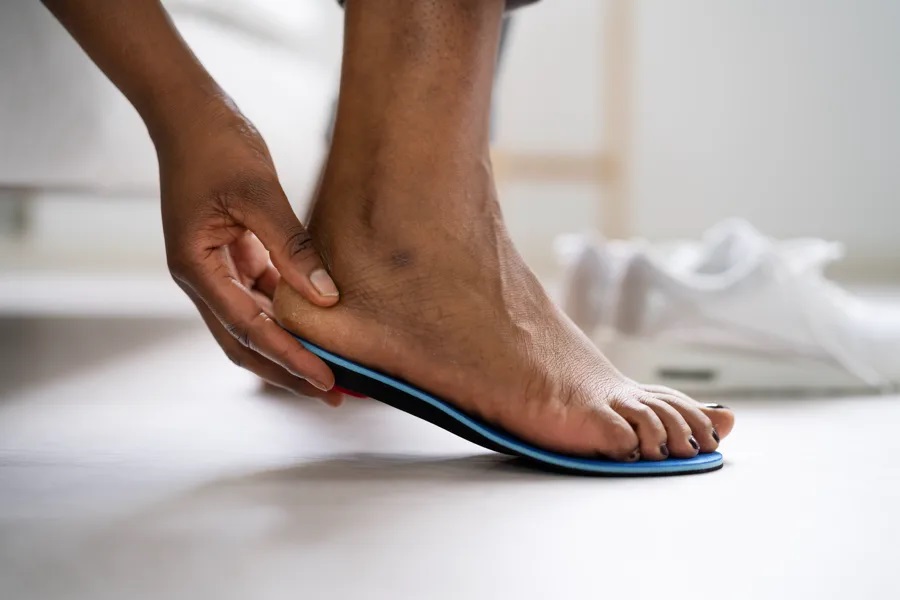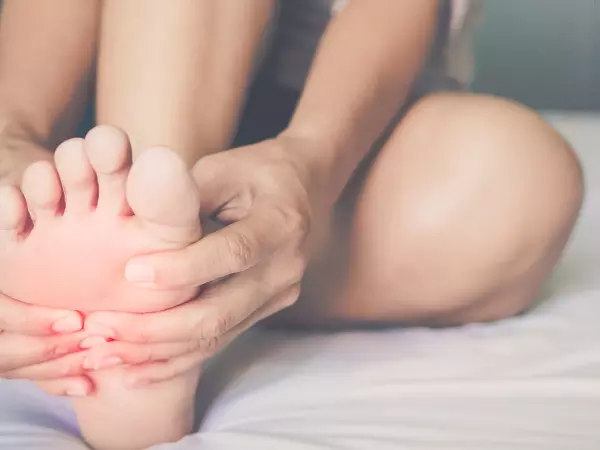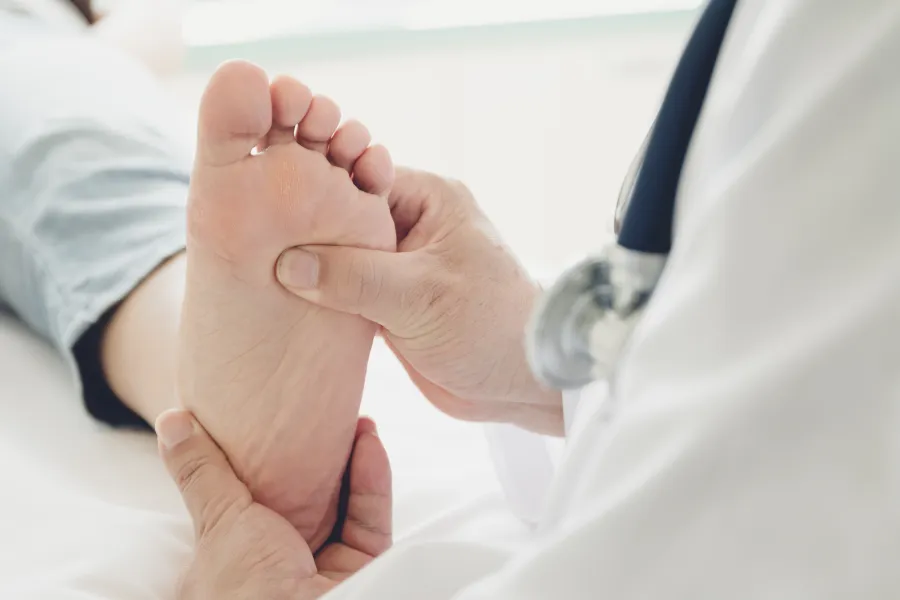
When it comes to posture and spinal health, many people focus on their backs and necks, overlooking one vital element, their feet. The arch of your foot plays a crucial role in maintaining proper body alignment, serving as the foundation for your entire skeletal system. Whether your arch is flat, normal, or high, it directly affects how your body handles weight distribution, balance, and movement, influencing your posture and spinal alignment.
The Role of Foot Arches in Posture
Your foot is designed to absorb impact and provide stability. Its arches act like springs, bearing weight and efficiently transferring energy upwards through your legs and spine. When the arch structure is compromised, whether through flat feet or high arches, it can disrupt this balance and lead to poor posture, spinal misalignment, and, eventually, discomfort or pain.
Flat Arches and Their Impact
Flat feet, or fallen arches, occur when the arch collapses and the entire sole of the foot comes into contact with the ground. This condition often leads to overpronation, where the foot rolls inward excessively during movement. Overpronation disrupts the natural alignment of the legs and spine, causing the knees to rotate inward and the pelvis to tilt forward. Over time, this can lead to lower back pain, hip issues, and even joint degeneration.
People with flat arches should focus on strengthening their foot and leg muscles through exercises like arch lifts or calf raises. Supportive footwear with built-in arch support or custom orthotics is also crucial to stabilize the foot and improve alignment.
Normal Arches and Neutral Alignment

Individuals with normal or neutral arches are at an advantage when it comes to posture and spinal health. A well-formed arch evenly distributes weight across the foot and maintains a healthy alignment of the hips and spine. With a neutral gait, the feet absorb shock efficiently, allowing for smooth and balanced movement.
Although neutral arches are naturally well-aligned, maintaining their support is key. Opt for shoes with cushioning and moderate arch support. Keeping an active lifestyle and strengthening your core can also ensure proper posture and spinal health.
High Arches and Their Effect
High arches, or cavus feet, are characterized by an exaggerated curve in the midfoot. This creates a rigid foot structure with minimal surface contact, causing underpronation (supination), where the foot doesn’t roll inward enough. Underpronation increases stress on the heel and ball of the foot and can lead to an unbalanced posture, spinal tension, and a higher risk of ankle injuries.
To counteract the lack of natural shock absorption, individuals with high arches should choose shoes with extra cushioning and flexibility. Exercises like toe stretches and balance drills can help strengthen the foot and improve alignment.
Maintaining a Healthy Posture Through Foot Care
Your foot arch is just one piece of the posture puzzle, but taking care of it can make a big difference in your overall alignment. Here are some general tips to maintain a healthy posture and reduce strain on your spine:
- Choose the Right Footwear: Invest in shoes tailored to your arch type. Look for features like arch support, cushioning, and a stable heel counter to keep your feet aligned during daily activities.
- Do Arch-Strengthening Exercises: Incorporate exercises like toe stretches, arch doming, and calf raises into your routine to improve foot strength and stability.
- Stretch Daily: Incorporate stretches targeting your calves, hamstrings, and lower back to enhance flexibility and reduce spinal tension associated with poor alignment.
- Seek Professional Help: If you experience chronic pain in your lower back, knees, or feet, consult a podiatrist or physiotherapist for a detailed assessment and personalized solutions.
Conclusion
Whether you have flat feet, neutral arches, or high arches, taking proactive steps to support and strengthen your feet can lead to better posture, improved mobility, and reduced discomfort. By giving your feet the attention they deserve, you’re ensuring a strong foundation for a lifetime of healthy movement.
What Kind of Foot Arch Do You Have?
April 18, 2025
Leave a reply Cancel reply
-
Identifying Signs of Nursing Home Neglect
August 7, 2025 -
6 Exercises to Strengthen Your Foot Arch and Prevent Pain
April 17, 2025




